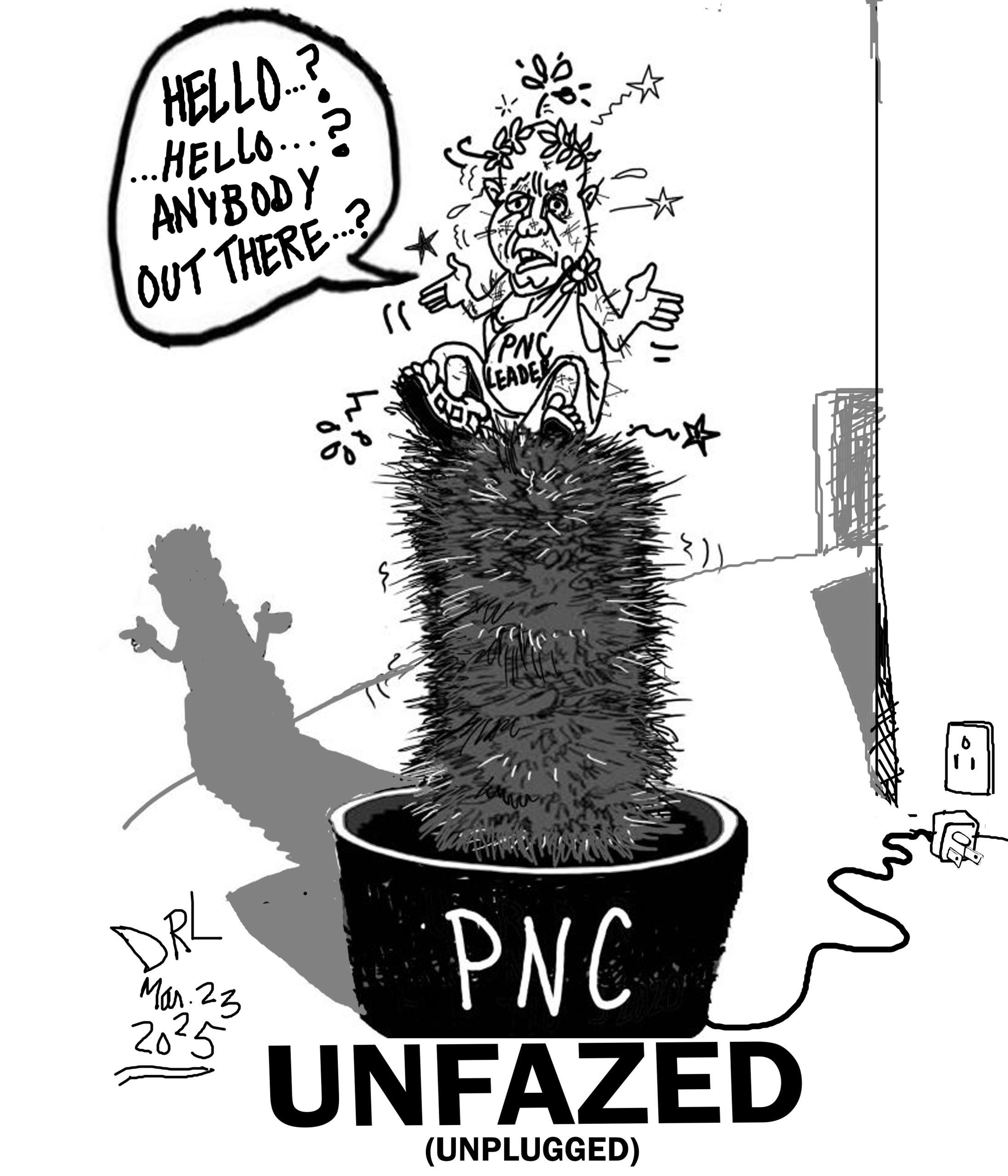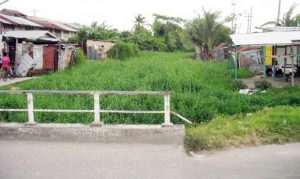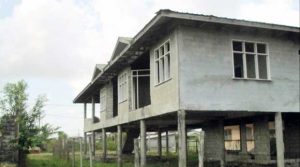Latest update March 26th, 2025 9:07 PM
Latest News
- Rubio’s talks with Pres. Ali to focus heavily on oil and security threats from Venezuela—says US Special envoy
- ExxonMobil unlikely to reuse Guyana’s FPSOs in future projects
- Children among 62 killed as Israel pounds Gaza from north to south
- Pact signed for phase two of national healthcare initiative
- Missing man found dead in trench at Bee Hive
Govt. needs to make its people more resilient to flooding – Dutch Experts
Jul 25, 2016 News
Government should equip Guyanese with the necessary knowledge to withstand the effects of flooding.
This is the view of the Dutch Risk Reduction Team, which feels that their suggestions, if implemented, will improve the flood resiliency of Guyanese.
According to the Team’s 2016 report on drainage in Guyana, a communication plan needs to be developed to increase the understanding of Guyanese about what it means to live in a flood- prone country.
It is suggested that a flood hazard map of Georgetown should be made and used as material to explain why it is of great importance to build their homes in such a way to make them flood proof.
The experts believe that Flood Risk Maps are a specific way to communicate to people the probability of floods and the consequences of floods.
Such a map is necessary for urbanized areas, according to the Team. It is believed that this will allow people to be cognizant of their situation and also know where they can go in the event of a flood.
The report said, “Flooding will remain an issue in Guyana and in Georgetown. Because of this, the DRR Team posited that the communication plan needs to explain the principles of Living with Water and this can be best served through a pilot project.
The Living with Water pilot project is proposed based on the Team’s recognition of drainage improvement and management not being purely a technical issue but a managerial and governance matter.
It is expected that such pilot projects will incorporate relative elements, such as generating experience with the application of hydrological models, Guyanese law, the involvement of different governments in the process and the communication that is needed towards developers, construction companies and households.
Further, to improve the resiliency of people the Team suggested that constructing two-storey homes is the best model of housing with the main functions being on the second floor. After the 2005 flood it was advised that one storey houses be built at least four feet above ground.
Further, squatting was denounced by the Team particularly in flood prone areas so as to reduce health risks.
Flood proofing of sewage systems and private businesses was highlighted as another important measure which should be encouraged.
The Team highlighted the fact that frequently there is often a loss of awareness by Guyanese as it relates to flood threats. The report went further to mention that this loss of awareness influences behaviour regarding the existing water management infrastructure.
Despite the negatives about living with water, the DRR Team acknowledged that there are also invaluable benefits such as in the area of agriculture. It is their belief that people who are aware of the benefits of living with water tend to understand better the constraints that space for water puts on them as well.
According to the Dutch experts, from the outset of their interactions in Guyana and their understanding of the Georgetown Water and Sewerage Master Plan of 1994, Guyana is determined to lower the number of flood events in Georgetown from three to four times a year to once every two to five years.
Share this:
- Click to print (Opens in new window)
- Click to email a link to a friend (Opens in new window)
- Click to share on Facebook (Opens in new window)
- Click to share on WhatsApp (Opens in new window)
- Click to share on Twitter (Opens in new window)
- Click to share on Pinterest (Opens in new window)
- Click to share on Pocket (Opens in new window)
- Click to share on Tumblr (Opens in new window)
- Click to share on Reddit (Opens in new window)
- Click to share on LinkedIn (Opens in new window)
Related
Similar Articles

The Glenn Lall Show|| March, 17th, 2025
Follow on Tik Tok @Glennlall
THE BLUNT OF THE DAY

Sports
Mar 26, 2025
Canje Secondary and Tutorial Academy sores victories Kaieteur Sports- Two schools scored victories when the Rotary Club of New Amsterdam (RCNA) Childhood Obesity Prevention tape ball Inter...Features/Columnists
No such common ground exists
Peeping Tom… The President of Guyana’s response, regarding today’s planned talks with the United States Secretary... more
The Caribbean: Destined to Grin and Bear the Consequences of Its Self-Created Vulnerabilities?
By Sir Ronald Sanders For decades, many Caribbean nations have grappled with dependence on a small number of powerful countries... more
Publisher’s Note
Freedom of speech is our core value at Kaieteur News. If the letter/e-mail you sent was not published, and you believe that its contents were not libellous, let us know, please contact us by phone or email.
Feel free to send us your comments and/or criticisms.
Contact: 624-6456; 225-8452; 225-8458; 225-8463; 225-8465; 225-8473 or 225-8491.
Or by Email: [email protected] / [email protected]
Weekend Cartoon

















